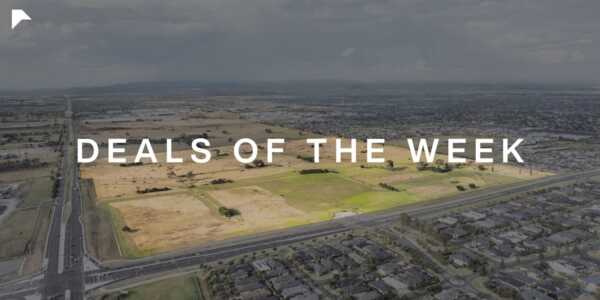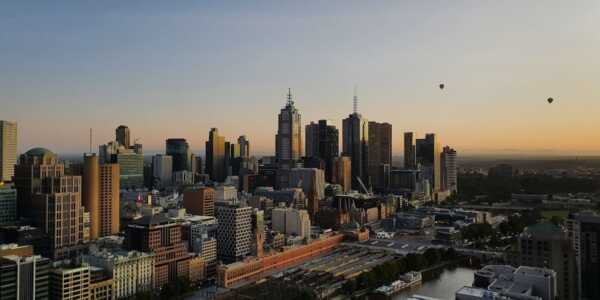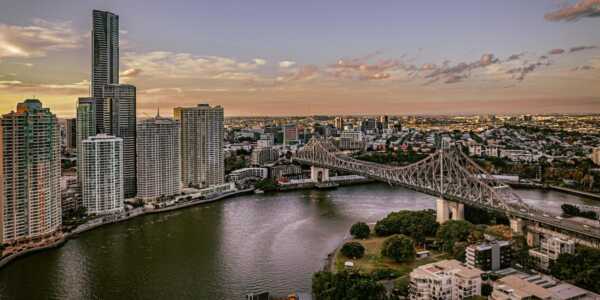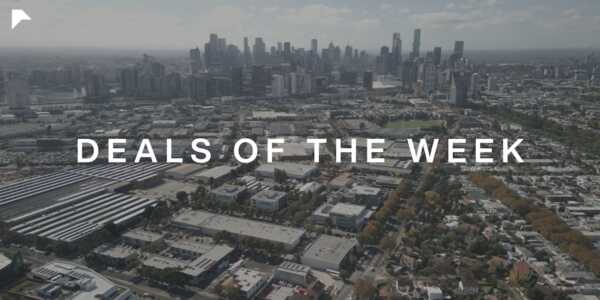Melbourne Office Market Outlook - 2021
The concept of the workplace as a space for collaboration and interaction will undoubtedly survive the COVID-19 period and beyond, and leasing activity in the Melbourne office market is beginning to uncover how workplace arrangements may look in the future.
Fitzroys Agency Associate, Stephen Land said businesses now have had a sustained period to observe the ability of staff to effectively work from home, and are now more open to flexible office arrangements.
“However, the period has also reinforced the value of the personal interaction in a professional environment, and having a devoted space away from home in which workers can share ideas and interact more personally and intuitively. These bring economic, production and social benefits.”
Land said it remains to be seen what form working from home accounts for in a typical working week.
“Many companies and businesses are still reassessing their office space utilisation. This goes beyond raw size of the entire premises, extending to the way difference spaces are used such as how much of a space is devoted to desks, and how much to collaborative spaces and amenities.
“This highlights the fluid nature of how office space sizes will now be measured, as these types of arrangements are very much likely to differ on a case-by-case basis.”
“We will find out more as a COVID vaccine is rolled out.
Land noted that the overall state of the economy would play an highly influential role in how much office space is taken up by businesses.
CBD vs Inner-city vs Suburbs
New data from the Property Council of Australia has the CBD vacancy rate increasing to 8.2% over the past six months. An estimated 350,000sqm of office space was added to the CBD market during 2020, and almost 390,000sqm will enter the market over the next three
years. Multiple estimates pin the pending amount of city fringe stock at above 270,000sqm over the three-year period.
Land said the movement of tenants out of the CBD and lower rents have opened the door for city fringe and inner suburban tenants to look for a good deal.
“The CBD was perhaps a space they had not previously had in their budget and so are now acting on the lower rent environment.”
“We expect incentives offered to tenants to increase. As an indication and subject to office grade, these would generally range between 10% to 20% of the total income from a lease 12-18 months ago. While it is still early to identify any clear patterns, it is anticipated that they might increase significantly in some cases as landlords compete for tenants. Landlords need to be proactive and understand the levels being offered by other landlords in the market in order to secure a tenant.
“There is going to be demand and supply across all parts of the market given movements going both ways between the CBD and the inner-suburban markets.”
“There are plenty of businesses seeking a move to city fringe and inner suburban locations to be closer to their home, making it easier to access the workplace and collaborate with colleagues in-person during a period of more flexible working hours and arrangements.
“There will be some for which the CBD is the most appropriate location, and the higher vacancies and lower rents here will further attract businesses that once may have been priced out of this market.”
“Highlighting this is the fact that one of the spaces that has received the most enquiry through January and February is a 110sqm office in South Melbourne. Conversely, we have also come across a bridal showroom from South Melbourne who never considered the city before, but is now looking at a short-term lease to test whether the CBD could be a viable location.”
Land said immediate CBD fringe suburbs will likely see more interest than that of the CBD.
“There will be an increase in tenants looking to the suburban areas, where rents are more cost effective and they can retain the same amount of office space if they are currently located in the CBD or CBD fringe.
“Hawthorn in particular has seen strong enquiry as an inner-city suburb that is well- serviced by public transport, easily accessible via car with major arterial roads nearby, and offering more competitive rents as opposed to suburbs right on the city fringe.”
Suburbs with good visitor and staff parking and accessibility will be favourable.
“Further, we may see some large companies establish smaller satellite offices in the suburban areas to spread workforce as a risk management strategy,” Land said.
“With a continued working from home/office roster, these smaller satellite offices could be positioned in various areas to accommodate staff who live in all areas of Melbourne and can reduce commuting to the office.
“Workers have now had an extended period of working without having to spend the usual time in the day in the car or on public transport, and accessing the office easily and quickly for more casualised arrangements will be important in returning to the workplace.
“Despite this, we feel many companies are keen to return to working from the office on a more regular basis as it promotes efficiency, workplace culture and team collaboration when being able to discuss and review work face to face.”
Land said that although companies have moved back to 50% staff capacity and were anticipating a rise to 75% shortly, a much smaller percentage of staff have actually returned to the CBD. However, the number will continue to rise, he said.
Types of spaces in demand
Land said there is going to be movement throughout the market for a multitude of reasons.
“Tenants may be downsizing to accommodate more staff working-from-home, upsizing to allow for social distancing measures, or moving to a space that allows for more flexible allocation of different activities – working at desks, collaborative and meeting spaces – and wellbeing components such as appropriate social distancing and natural light.”
Fitted spaces continue to be sought after as many tenants want an easier move.
“Already-fitted and furnished spaces – assuming they are of reasonable quality – have already become more desired over open-plan refurbished spaces, even if this is just as much as a boardroom, one or two office/meeting rooms, and an internal kitchen,” Land said.
“Buildings with dated entrance lobbies and common areas facilities are falling behind those that have recently been updated.
“We anticipate greater interest in self-contained single tenant offices which are more COVID-19 friendly. This might include freehold buildings within the CBD fringe and suburban areas or buildings with multiple lifts and or stair access.
“We are seeing a lot of tenants looking for spaces in the range of 200sqm to 500sqm – this is a size that can be easily moved without the cost being too significant.”
The fluid situation means that smaller tenants are considering shorter-term leases than they previously would have taken up.
“We have seen a number of one to two-year lease requirements in this respect. However, we are still seeing more established organisations who have not been as affected by COVID-19 still willing to commit to longer-term leases,” Land said.
Written by Fitzroys









